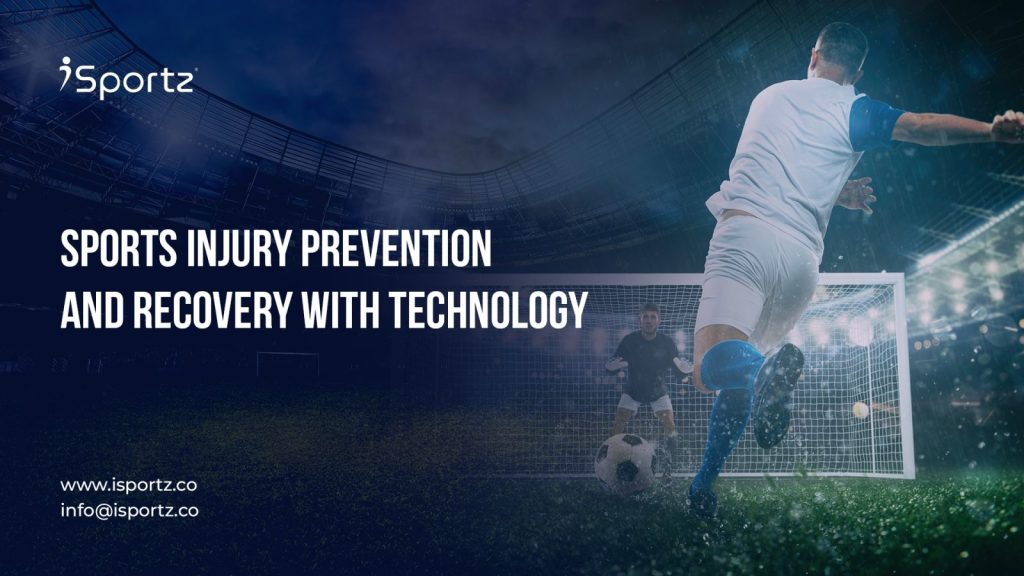Technology and data are two of the essential tools in any athlete’s toolkit. By tracking everything from heart rate to mileage, they can help improve athlete performance and avoid injuries. Data doesn’t just stop at the world of improving performance, it can also be used to help those suffering from sports injuries, by providing information that can be used to create targeted programmes.
Using Data to Improve Injury Prevention and Recovery
Data provides valuable insights that can help prevent injuries by tracking an athlete’s training, recovery, and performance. Coaches can use data to tailor training programs to each individual athlete’s specific needs and fitness levels. They can also avoid overtraining their athletes, which can result in burnout and injuries.
Additionally, data can be used to track an athlete’s recovery from an injury. By monitoring an athlete’s rehabilitation progress, coaches can ensure that they are receiving the necessary care and attention to recover completely.
Below are a few examples:
- The NBA’s use of player tracking data to identify trends and common injuries, has led to a reduction in the number of season-ending injuries over the past few years.
- MLB teams use player injury data to better understand how different types of training and rehabilitation can impact injury risk and recovery time.
- NFL teams use player performance data to customize training programs and playbooks in an effort to reduce the likelihood of injuries.
- NHL teams use injury data to inform decisions about rest and recovery for individual players during the grueling regular season schedule.
- Lastly, College football teams use player tracking data to monitor fatigue levels and adjust practice schedules accordingly in order to prevent overuse injuries.
Using Technology to Improve Sports Injury Prevention and recovery
From performance-enhancing gear to advanced training methods, athletes are constantly finding new ways to stay at the top of their game. In the past, if an athlete was injured, they had to rely on their coach or trainer’s knowledge to determine the optimal recovery plan. This procedure was frequently time-consuming and costly, and many athletes never returned to their previous level of performance. Now, due to technological advancements, there are numerous ways to use data to improve sports injury prevention and recovery.
By monitoring an athlete’s movements, coaches and trainers can identify injury-causing patterns. Then they can design specific training programs to reduce injury risk. Furthermore, technology can be utilized to expedite the recovery process.
For example,
- GPS tracking devices can be used to monitor training load and identify when an athlete is at risk of overtraining or developing an injury.
- Wearable sensors can also be used to monitor an athlete’s biomechanics and identify any potential risk factors for injury. This data can then be used to create bespoke training and recovery programmes that reduce the likelihood of injury.
- Low level laser therapy (LLLT) is a type of treatment that uses low level lasers to stimulate healing and promote tissue regeneration. This can be particularly helpful in the early stages of rehabilitation when traditional forms of exercise are not possible.
- Virtual Reality can provide a stimulating environment that encourages movement and helps patients achieve their rehabilitation goals.
Conclusion
Data and technology have revolutionized the world of sports injury prevention and rehabilitation. By monitoring an athlete’s movement, analysts can identify areas for improvement and customize training regimens to prevent injuries. The use of data analytic tools to gather insights from an integrated sports management SaaS platform is a promising approach for injury prevention and has the potential to significantly improve the safety of athletes.




